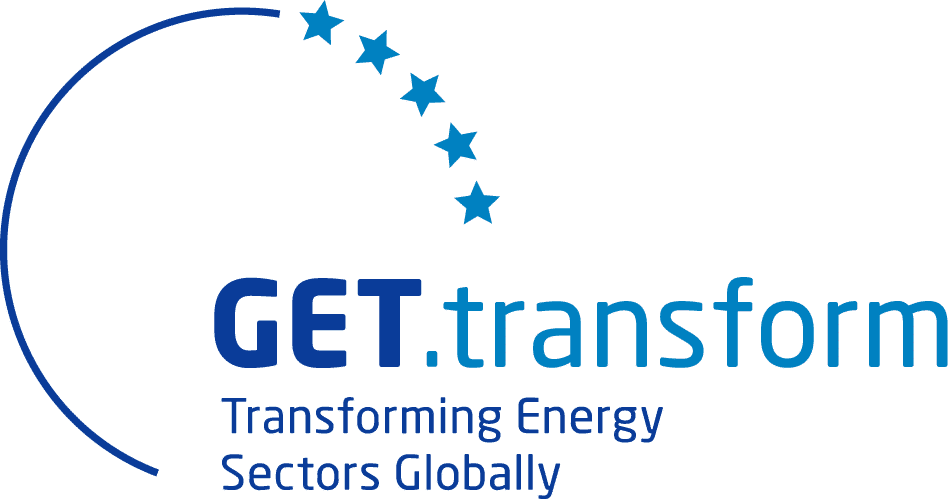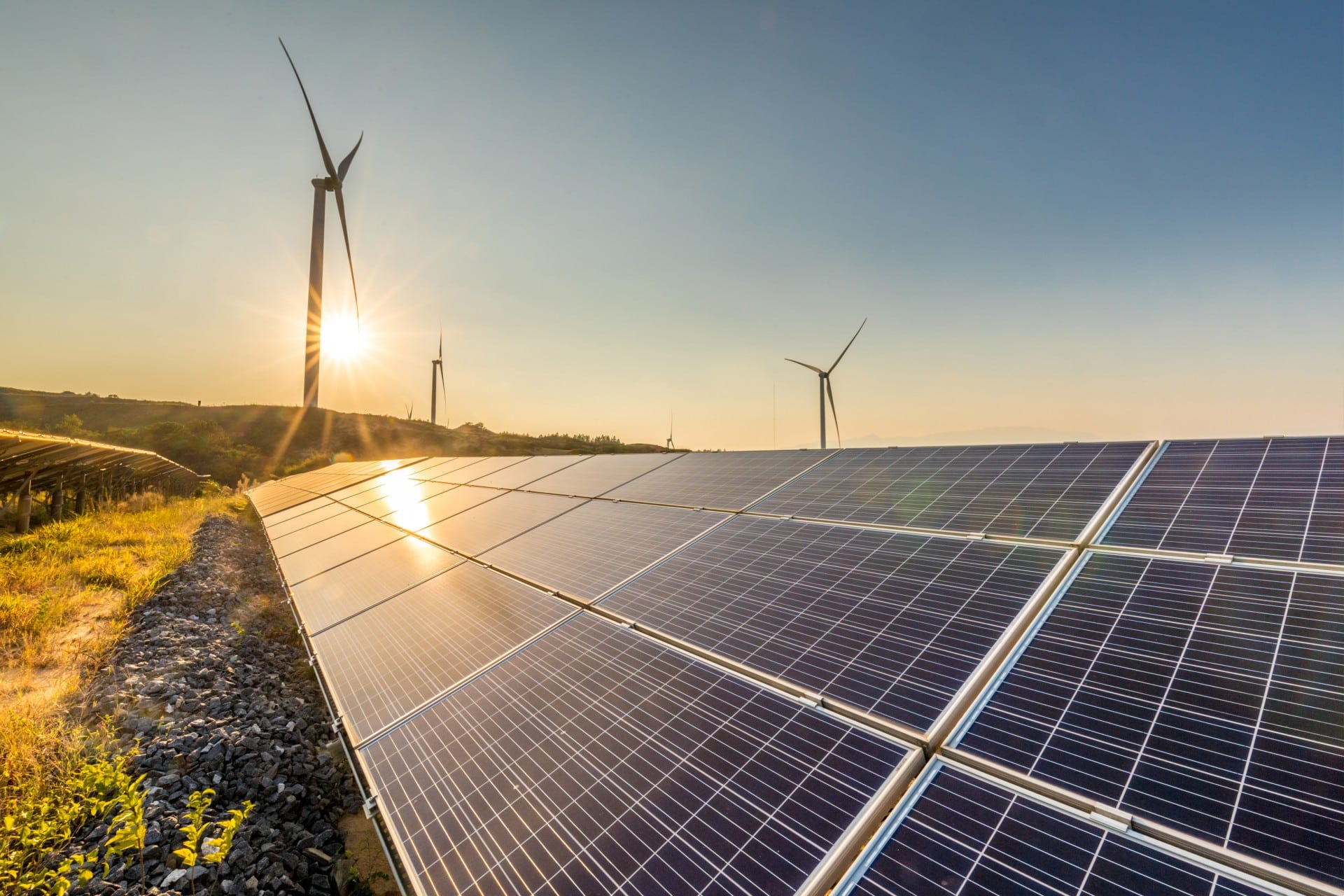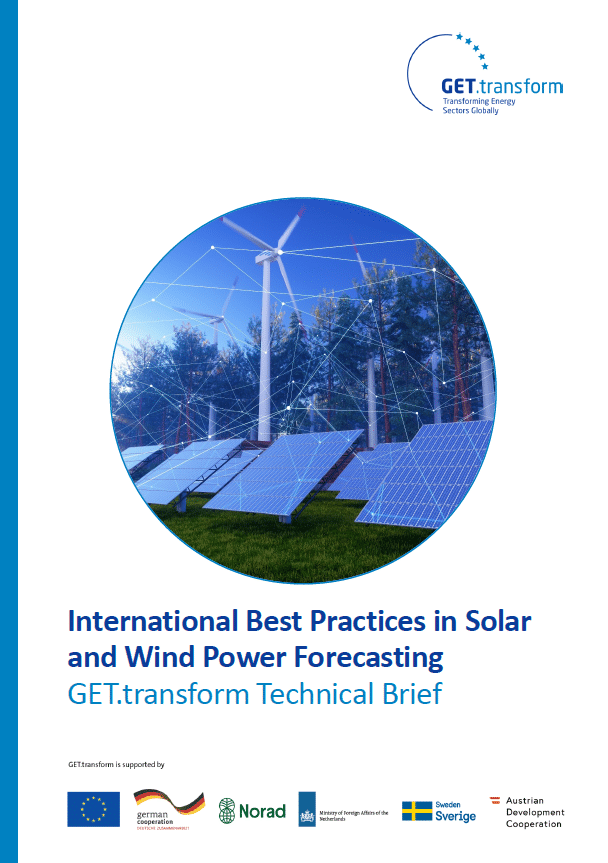A main challenge of the energy transition is the weather dependent power production of wind farms and solar plants. The inherent variability in wind speeds and solar irradiation leads to fluctuations in electricity generation, setting these technologies apart from traditional power sources.
In a new technical brief, GET.transform delves into international best practices in forecasting solar and wind power, emphasising the need for precise predictions to ensure power system stability and economic integration of renewable energies. Drawing on over two decades of global experience in expanding variable renewables, the report outlines fundamental techniques, data requirements, and key factors influencing forecast accuracy.
Elaborated together with the forecasting experts of energy&meteo systems, the GET.transform brief spotlights country experiences, with a focus on Mexico, the Dominican Republic, and Chile, shedding light on the effectiveness of centralised versus decentralised forecasting systems. Furthermore, the report explores the impact of market design on forecasting responsibilities and operational processes. Examining India’s approach, the document questions whether penalty schemes can enhance the accuracy of power forecasts.
This technical brief represents an extract from an in-depth study on Peru’s power forecasting system that GET.transform undertook. The study offers 11 concrete recommendations aimed at significantly improving the quality of solar and wind power forecasts in the country. The implementation of these recommendations is anticipated to facilitate a smoother integration into operational processes, marking a crucial stride toward a more sustainable energy future.



